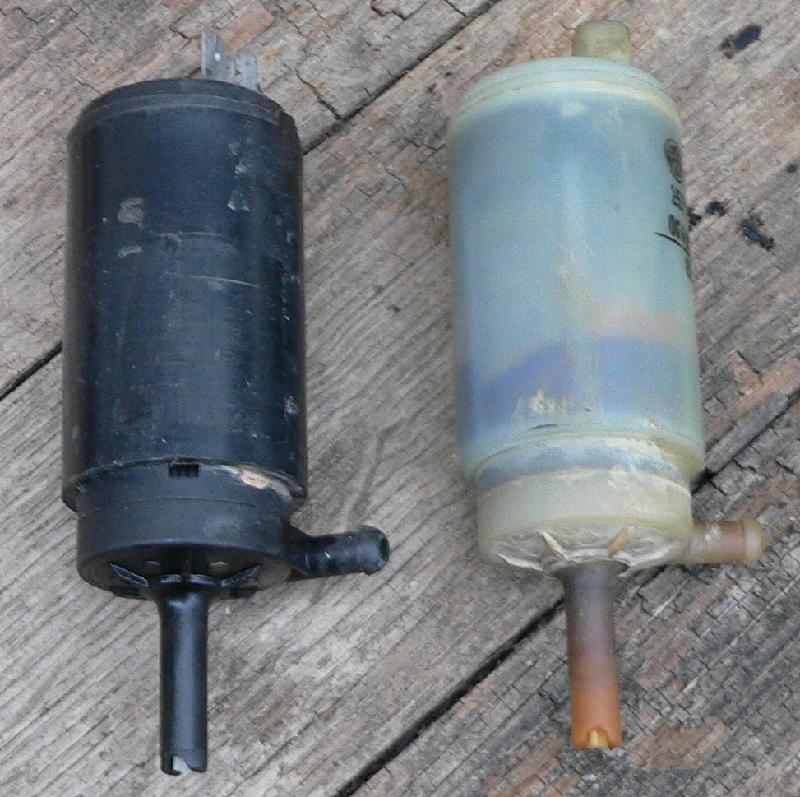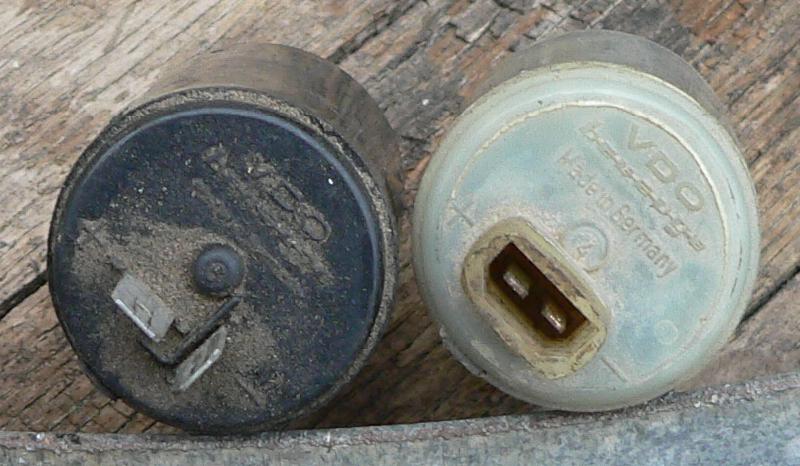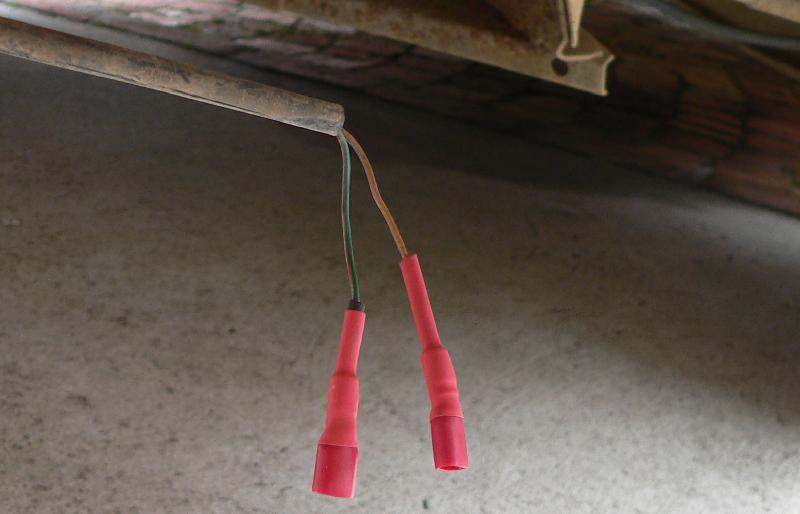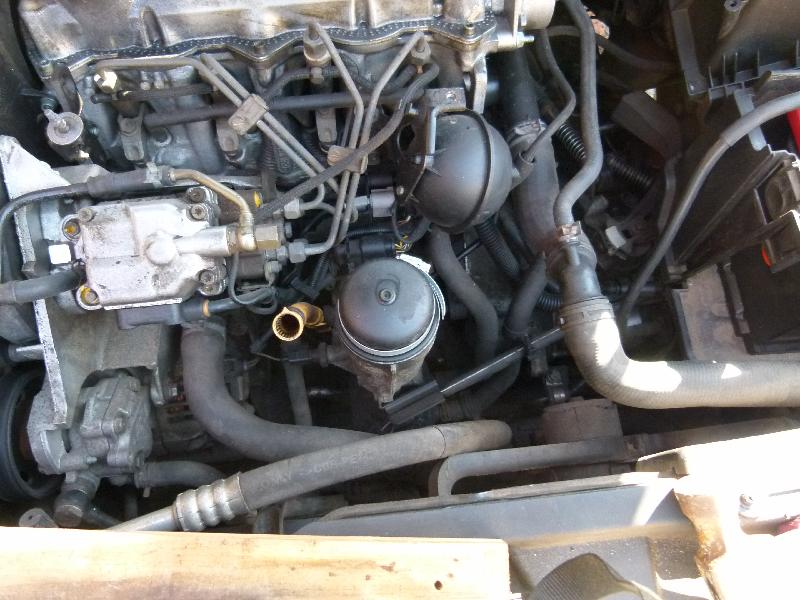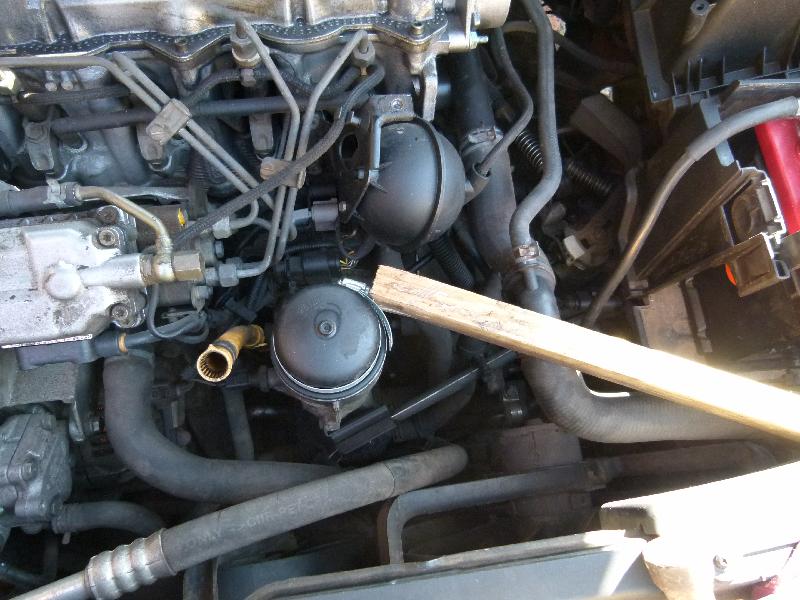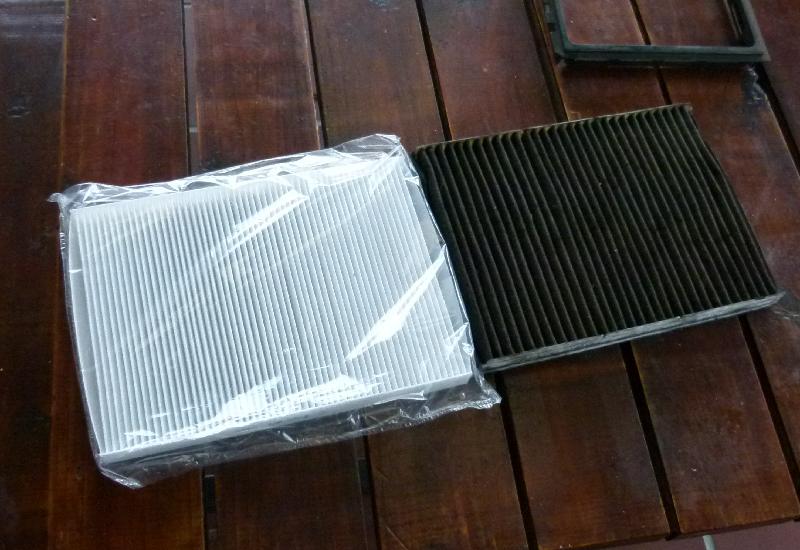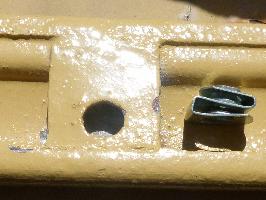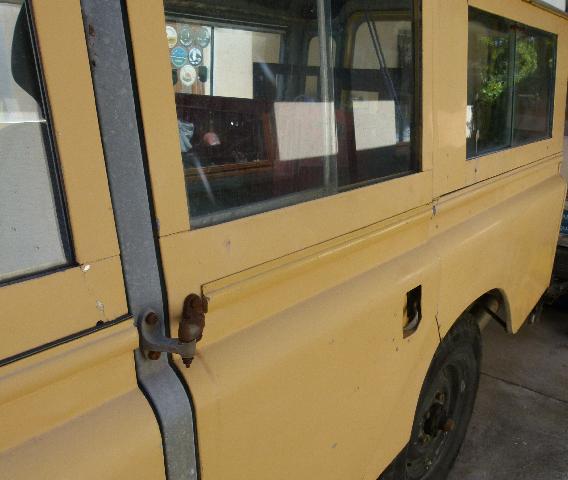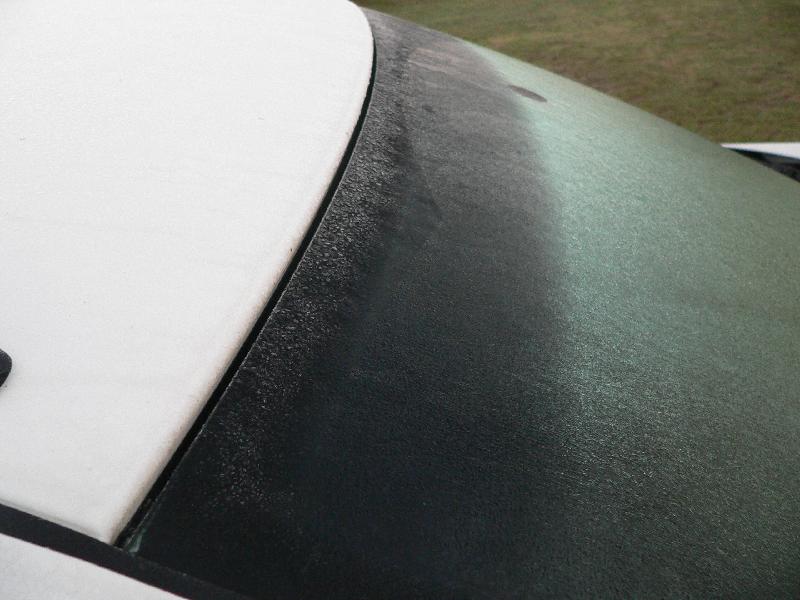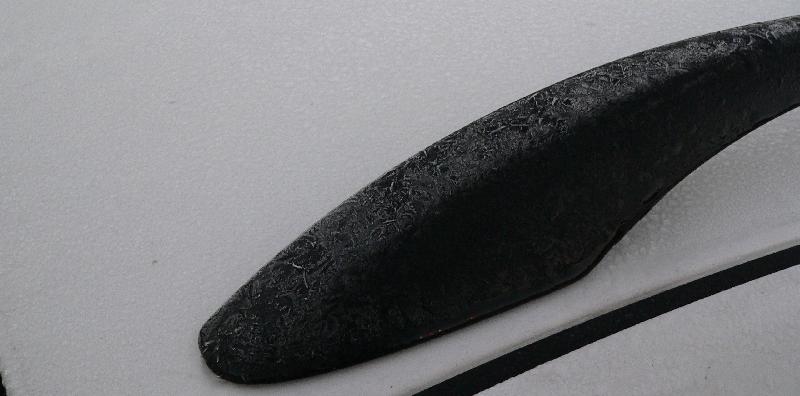
Is there an echo here?
The one in front was my brother’s car, when he decided to sell it I persuaded my boss to buy it for me. Nice car. Leather interior, just over 300 000 km on the odo. Goes not unlike the proverbial raped ape.
The one at the back belonged to a friend of my brother’s, when she decided to sell it I pounced. Cloth interior (which Tanya prefers), about 380 000 km on the odo, and for some reason doesn’t haul ass as nicely as my one does.
Both are 1.9 TDI, chassis numbers differ by about a thousand or so. They get around eighteen kilos on the litre, or a thousand kilos on a tank, whichever way you slice it that’s pretty damn good.
When I bought #2 I took it down to Barons in Claremont, got them to do the 5 gazillion point check. Mostly because I wanted to make sure the timing belt is OK but you know, it’s a good thing to get an expert under the hood, make sure there are no latent problems.
Yea right.
Fast forward a couple of months and Tanya complains that some dinky little car carrying four farmers and a pig passed her going up Constantia hill, and could I please Do Something.
So I googled it. And then I had a look.
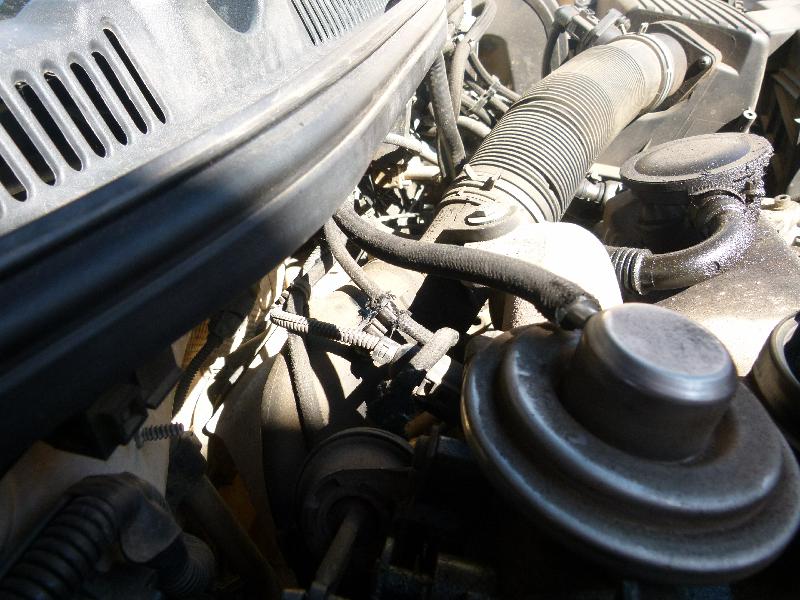
Hmmm. That doesn’t look kosher. Lemme zoom in a bit.

That’s what almost 400 000 km’s worth of wear and tear looks like. All the vacuum is escaping, leaving nothing for the N75 boost control solenoid, which means you’re now driving a non-turbo diesel.
So new pipe was acquired (from Nesco) and installed and things are back they way they were. Not great, but adequate.
I sure hope they paid more attention to the state of the timing belt.
